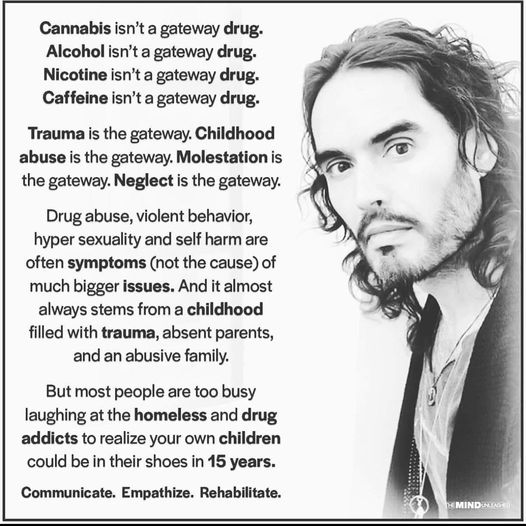TRAUMA & TRUTH

THE GAME OF STIgMA

Before you begin, please choose your opponent between the Chess Players or The Stigma Players. PLEASE NOTE: When playing this game of Chess and Stigma you must choose if you are a Change Agent of Hope, or a Pessimist Player.

THE CHESS PLAYERS
The King
The Queen
The Rook
The Bishop
The Knight
The Pawn
THE STIGMA PLAYERS
Public Stigma
Self-Stigma
Perceived Stigma
Label Avoidance Stigma
Stigma By Association
Structural Stigma
Health Practitioner Stigma

When making your move in this game of Chess verse Stigma, it is important to focus on how to change the old biases systems to reflect new ideas that helps create hope for all people no matter race, gender or culture.
NOW- The primary objective of this game called Chess & Stigma is to capture your opponent with Leadership tools, Integrity and ethics for change while keeping your focus on empathy, to move beyond the negative attitudes or discrimination against someone that involves stigma.

HOW TO WIN
Choose your opponent wisely…It is not always about winning. It is about strategically making an impact for change and transformation one step at a time. -Rhonda L Johnson

